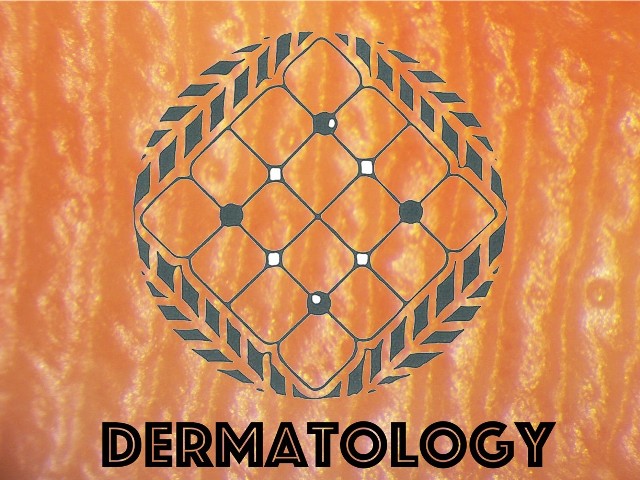| Outline |
|---|
|
Our comprehensive research theme is to develop improved treatment options for intractable diseases from the perspective of dermatologists. To date, we have created unique experimental methodologies by exploiting the unique features of skin, including its ease of access.
Thus, we can evaluate physiological functions of skin by obtaining images of skin in vivo. Our efforts have mainly focused on studies of human. Diseases that are being studied in our laboratory include: 1. Skin allergies (e.g. atopic dermatitis, contact dermatitis, prurigo, and urticaria) 2. Mechanism of itch (e.g. touch alloknesis, heat provoked itch, pruritus cutaneous) 3. Infectious diseases (e.g. fungal and bacterial infection, mycobiome) 4. Occupational skin diseases (e.g., hand eczema, skin allergies, tumors) 5. Sweating disorders (e.g., hypohidrosis, hyperhidrosis, and allergic skin diseases) 6. Inflammatory skin disorders (e.g., psoriasis, psoriasis arthropathica, palmoplantar pustulosis) 7. Collagen diseases (e.g., scleroderma, morphea, systemic lupus erythematosus, and Sjogren syndrome) 8. Malignant tumors (e.g., melanoma, basal cell carcinoma, squamous cell carcinoma, Paget’s disease, and lymphomas) 9. Benign tumors (e.g., keloid, seborrheic keratosis, and neurofibroma) 10. Genetic diseases (e.g., pseudoxanthoma elasticumm) Our laboratories possess the necessary equipment in sufficient condition to perform cell culture, measurement of nucleotide and protein expression, and histological analyses (including immunofluorescence). Furthermore, members of our department have access to institutional shared equipment (e.g., confocal microscope, two-photon microscope, laser microdissection, and mass spectrometer), which allow for additional innovative experiments [e.g., 3D imaging of peripheral nerve and blood vessels in skin, dynamic analysis of skin appendix (especially for sweat glands), biology of immune cells, RNA-seq-based transcriptome analysis, and gene sequencing]. We routinely perform genetic diagnosis of genetic diseases (e.g. pseudoxanthoma elasticum) and utilize an innovative approach for objective assessment of disease severity and treatment. |
| Further information |
|---|
|
http://www.med.nagasaki-u.ac.jp/dermtlgy/
|



